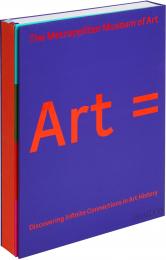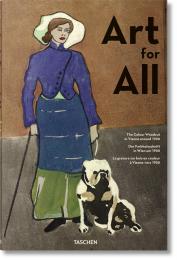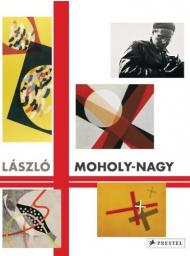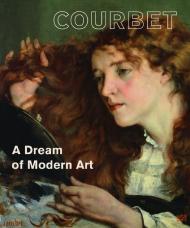A fresh and unconventional approach to exploring 6,000 years of art history through 800 masterpieces from The Metropolitan Museum of Art
Featuring more than 800 artworks from the collection of The Metropolitan Museum of Art, New York, this groundbreaking book — organized by thematic keywords — draws upon The Met's online Heilbrunn Timeline of Art History — offering fresh, unconventional ways of engaging with visual culture.
Discover how artists see the world and inspire each other with common themes and sensibilities, materials and techniques. Flowers, for example, have been seen in art for millennia — from Tutankhamun to the Dutch Golden Age, from Van Gogh's still lifes to Georgia O'Keeffe's monumental close-ups. Seen side by side, Art = reveals new connections between artists of different times and places, offering a fresh perspective on beloved works.
Beyond the wealth of 1,000 illustrations arranged by theme, dive deeper into art history with 160 engaging and enlightening essays written by experts at the museum, to create your own personal tour through this unsurpassed collection.
A foldout, detachable timeline offering further perspective is also included.
About the Author:
The Metropolitan Museum of Art in New York is one of the most important cultural institutions in the world and hosts more than six million visitors each year, with many millions more accessing its collection online. The museum's director Max Hollein contributes the foreword to Art =, while essays are written by the museum's curatorial staff and other art experts.
_____________
- An innovative approach that offers an inclusive, 21st-century definition of what ‘art' equals
- A greater range of artworks from The Met's collection than is shown in any other ‘highlights' publication
- Authoritative texts written by experts, including many of The Met's world-renowned curatorial specialists
- Includes content drawn from the multi-award-winning Heilbrunn Timeline of Art History
- Published to coincide with The Met's 150th-anniversary celebrations in 2020
- An essential reference book for everyone interested in fine art, archaeology, anthropology, fashion, design, and photography from around the world
- Beautiful package and ingenious design



